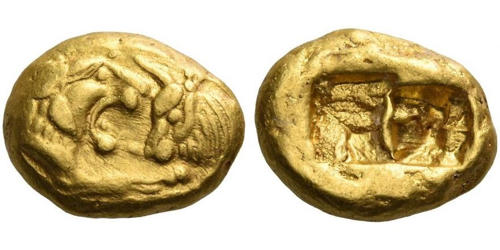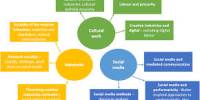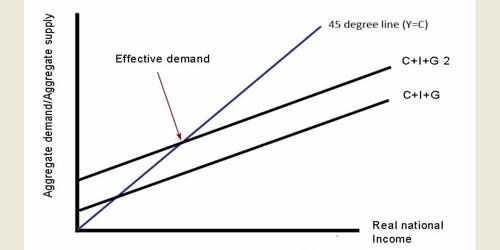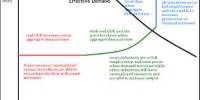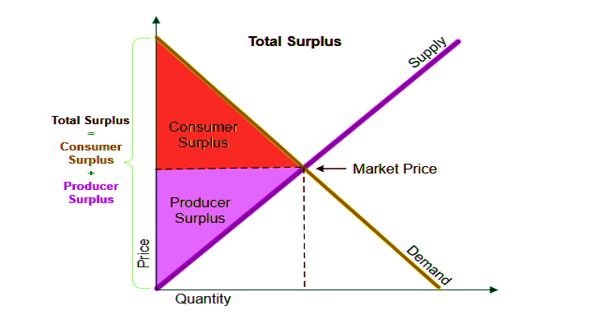Metallism is the economic principle that the value of money derives from the purchasing power of the commodity upon which it is based. Metallists believe money developed spontaneously as a medium of exchange in order to eliminate the obvious limitations of barter. The currency in a metallist monetary system may be made from the commodity itself (commodity money) or use tokens such as national banknotes redeemable in that commodity. Society is thought to have settled on the precious metal as currency so that money would have intrinsic value. Money’s value then is explained in terms of its precious metal content or backing. The term was coined by Georg Friedrich Knapp to describe monetary systems using coin minted in silver, gold, or other metals. As a producible commodity, metallist money was really no different from any other commodity.
It is the theory that all currency should be in the form of metal coins. In metallist economic theory, the value of the currency derives from the market value of the commodity upon which it is based independently of its monetary role. Carl Menger theorized money came about when buyers and sellers in a market agreed on a common commodity as a medium of exchange in order to reduce the costs of barter. It is the theory that any currency should consist of a commodity (usually some metal) so that the exchange value and purchasing power of the commodity (considered independently of its monetary role) determine that of the currency.
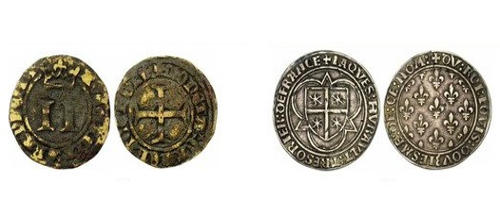
Fig: Black Currency of Middle Ages
The intrinsic value of that commodity must be sufficient to make it highly “saleable”, or readily accepted as payment. Under a gold standard, the extension of our analysis would be straightforward. Gold is the ultimate international money, an asset that is no one’s liability. In this system, buyers and sellers of real goods and services establish the medium of exchange, not a sovereign state. Under a gold standard, each currency has its own mint par, and the exchange rate is determined by the ratio of mint pars. Metallists view the state’s role in the minting or official stamping of coins as one of authenticating the quality and quantity of metal used in making the coin. Each national currency has an exchange rate with the international money and it is that pattern of exchange rates that sets up a pattern of exchange rates between national currencies.
